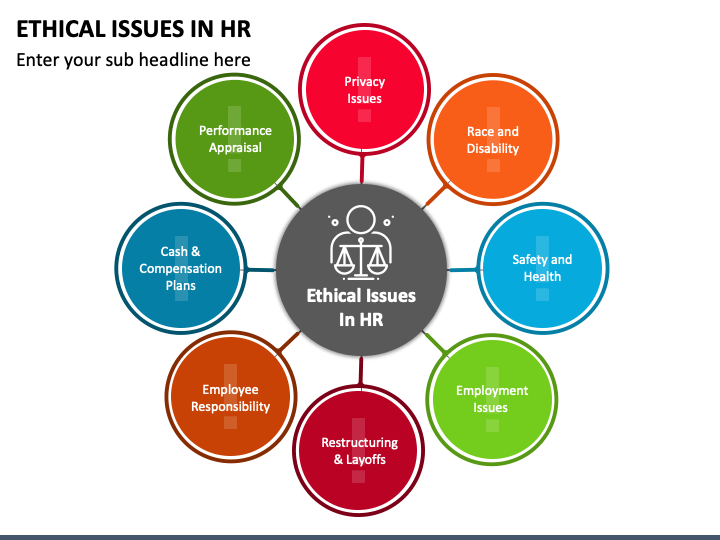The other internal employee is the best qualified young man with over eight years in the company. He holds multiple graduate degrees and has extensive professional experience.The announcement of a hiring selection has not been made, but company gossip has already started, reflecting upon the likelihood that the young woman will be chosen because the CEO has an innocent crush. While no allegations of impropriety of any type have been made, the perception of a form of favoritism is present.
Your Challenge
The SHRM code of ethics advises HR professionals to “advocate for the appropriate use and appreciation of human beings as employees.” Using this and other ethical guidelines, should you try to influence the CEO’s selection and recommend that the young man be hired over the young woman? Or should you remain silent? What, if anything, is the CEO doing incorrectly or substantively wrong in this hiring scenario if he selects the woman?InstructionsPrepare a 3–4-page plan that states your recommended course of action. Along with your recommendation, include the following: Analyze ethical challenges presented by an HR management situation. What are the ethical implications for the actions you would take in this scenario? What consequences could occur if you did nothing?Describe key ethical factors considered in the formulation of a proposed HR solution.What is your reasoning for making a recommendation or remaining silent within the context of the SHRM code of ethics? Use references to support your perspective and response to the SHRM code of ethics and this scenario.Explain any legal considerations for the selection function presented by an HR situation.Explain the role of the HR practitioner in advancing a proposed HR solution.Briefly explain the role you will take to influence the eventual outcome. Consider aspects of leadership, negotiation, and consultation. Discuss the application any SHRM behavioral competencies to the process of solving an HR challenge.Which SHRM behavioral competencies do you think are most directly applicable to a successful resolution of this challenge, and why?Additional Requirements
The deliverable for this assessment applies professional skills in HRM to workplace situations that you will likely encounter in your day-to-day work in HRM. As part of your learning, we focus on the development of effective professional communication skills for the workplace. Your assessment should meet the following additional requirements:Length: Your plan should be 3–4 typed, double-spaced pages, plus the cover and resources pages.The first page should be a cover sheet with your name, the course number, assessment title, and date. No other information is required on this page.The last page should be the reference list.Organization: Make sure that your assessment writing is well organized, using headings and subheadings to organize content for the reader.Font and font size: Times New Roman, 12 point. Resources: Use 2–8 references from both trade publications and peer-reviewed articles.Evidence: Support your assertions with data and/or in-text citations.APA formatting: Resources and in-text citations are formatted according to current APA style and formatting.Written communication:Support main points and recommendations with relevant and credible evidence. Address the appropriate audience, using familiar, discipline-specific language and terminology.Use spell-check and other tools to ensure correct spelling and grammar. Note: Faculty may use the Writing Feedback Tool when grading this assessment. The Writing Feedback Tool is designed to provide you with guidance and resources to develop your writing based on five core skills. You will find writing feedback in the Scoring Guide for the assessment, once your work has been evaluated.Portfolio Prompt: You may choose to save this learning activity to your ePortfolio.Competencies MeasuredBy successfully completing this assessment, you will demonstrate your proficiency in the following course competencies:Competency 1: Analyze the ways in which the human resource function contributes to individual and organizational performance. Discuss the application any SHRM behavioral competencies to the process of solving an HR challenge.
Competency 2: Analyze the impact of the legal environment of human resource management policies and practices. Explain any legal considerations for the selection function presented by an HR situation.Competency 4: Apply the ethical standards of the profession to human resource management policies and practices. Analyze ethical challenges presented by an HR management situation. Describe key ethical factors considered in the formulation of a proposed HR solution.Competency 5: Analyze the strategic and operational roles that a human resource practitioner plays within an organization.Explain the role of the HR practitioner in advancing a proposed HR solution.Competency 6: Communicate clearly, accurately, and professionally in the human resource management field.Support main points and recommendations with relevant and credible evidence.Address the appropriate audience, using familiar, discipline-specific language and terminology.ReferenceSociety for Human Resource Management. (n.d.). Bylaws & code of ethics. Retrieved from http://www.shrm.org/about/Pages/code-of-ethics.aspx
